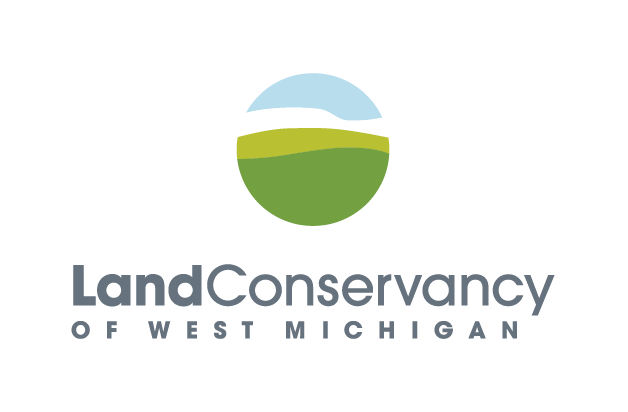At a Glance
- Approximate Street Address: 3118 Plaza Drive NE, Grand Rapids, MI
- Lamberton Lake Fen Nature Preserve is the Land Conservancy’s most urban preserve. Despite being within the Grand Rapids city limits, the preserve protects a high-quality prairie fen, a type of wetland that is very rare in West Michigan.
- Trail length: 0.2 miles
- Before you visit, check out our preserve guidelines. If you have any questions, feel free to contact us. Note that the fen itself is closed to the public.
Visitor Information
The trailhead is located at the end of Plaza Drive NE in Grand Rapids. Parking is available along the south side of Plaza Drive.
Lamberton Lake Fen is a Category 1 preserve—one of the Land Conservancy’s easiest preserves to access. Category 1 preserves have designated parking and well-marked trail systems. If you’re new to exploring nature, this is a great place to start.
There are no restrooms at this preserve.
Note: Because of the sensitivity of fen ecosystems, the fen itself is closed to the public, including classes and groups. Access to the fen is by permit only. Contact Justin for more information about Special Access Permits.















